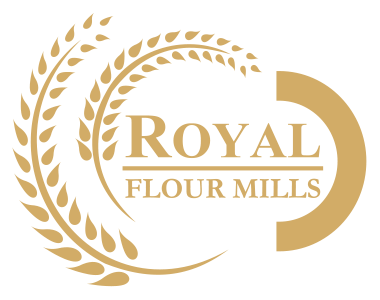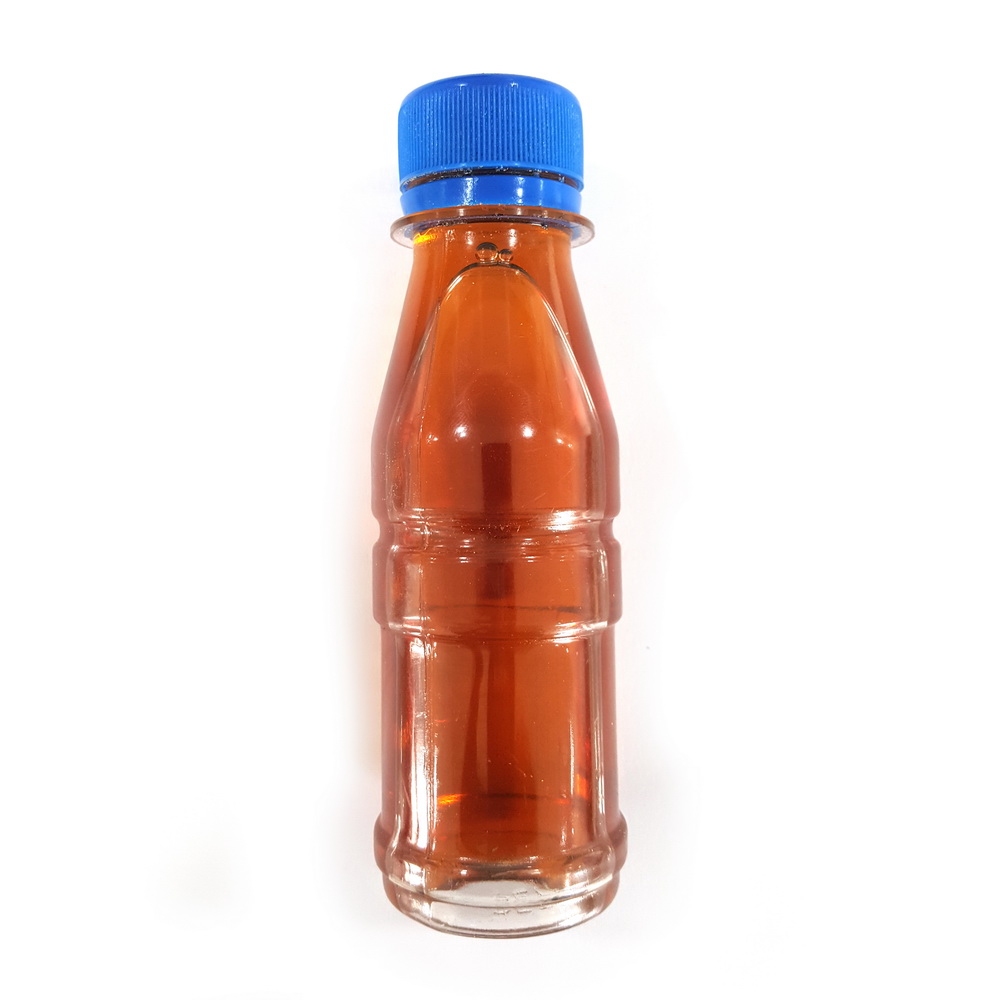Adding a feed oil ingredient supplies the animal with essential fatty acids, needed for production and growth. The digestibility of the fatty acids however can vary between animal species and age groups. The effectiveness of including a fat or oil also depends on the total feed formulation.
Animal feed oil is a vegetable-based poultry feed energy supplement used in poultry feed formulation depending on the nutritional value of the other feed ingredients and the requirement of the animal. The fatty acid composition of fats and oils determines the nutritional and economical value in several ways. First of all, there is a need to supply the essential omega 3 and omega 6 fatty acids via the feed. This is in general limited to the polyunsaturated fatty acids linoleic and linolenic acid.
A minimum requirement for this is easily met by the addition of fat rich grains or grain by-products and lard or poultry fat in combination with plant oils like soybean oil. The ratio between unsaturated and saturated fatty acids in the complete animal feed oil influences the fat digestibility to a large extend. The degree of saturation of fatty acids strongly influences the melting temperature and therefore the ability to be emulsified in the gut lumen by bile acids.

